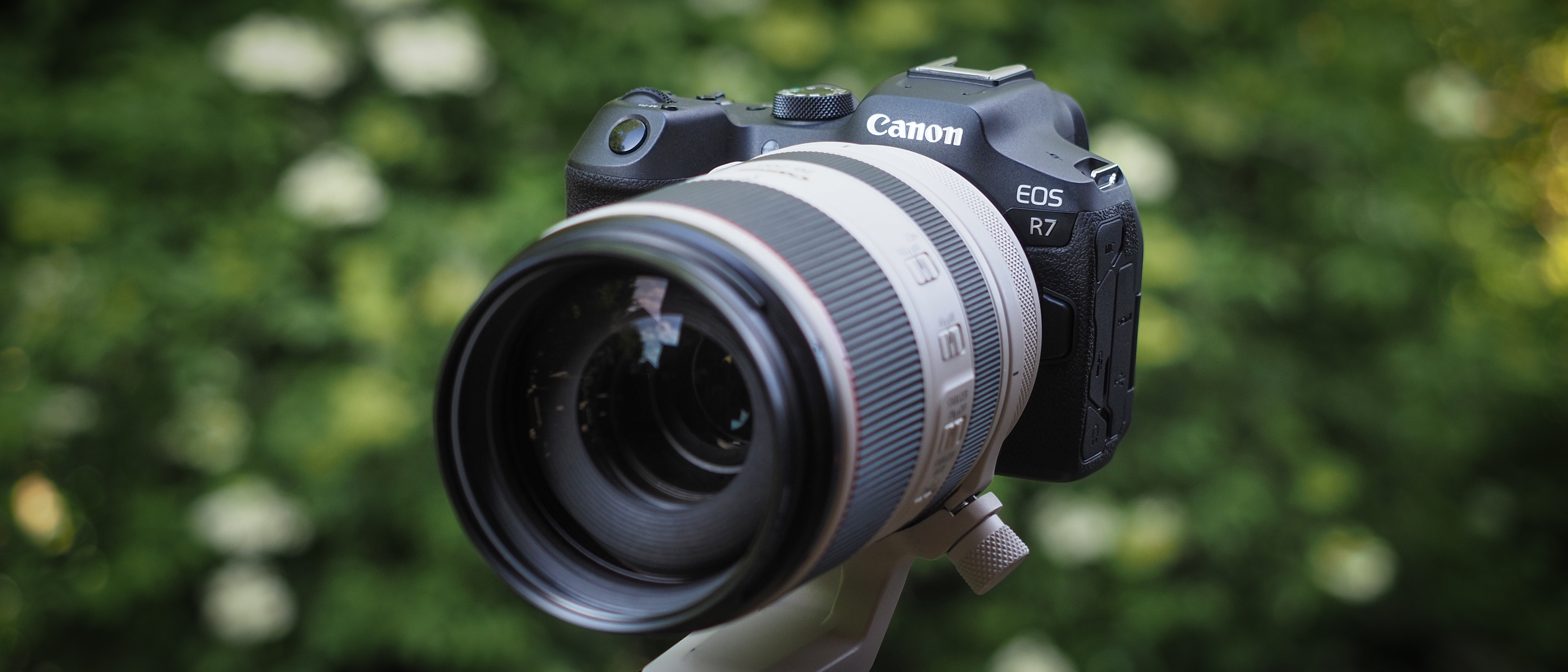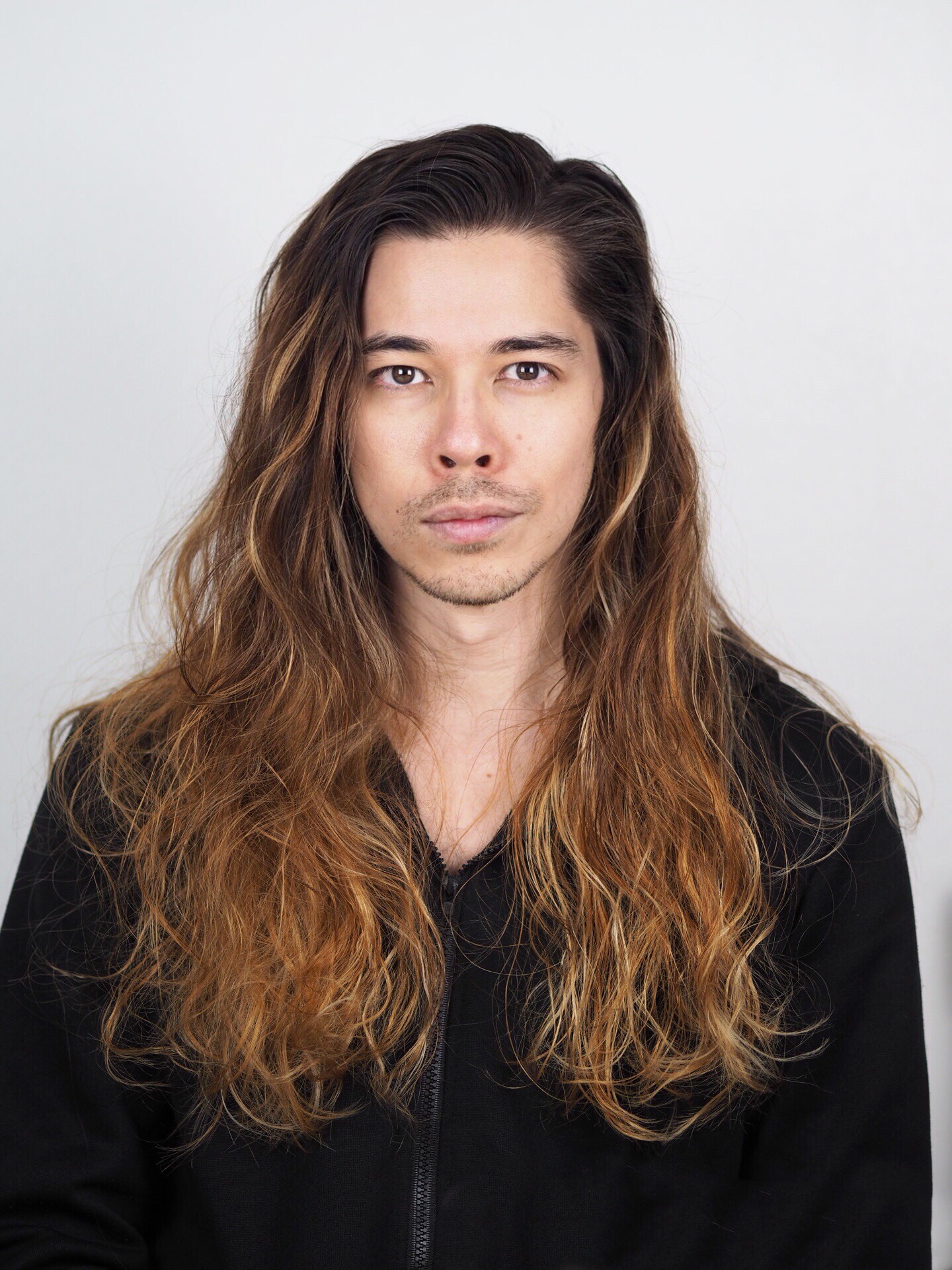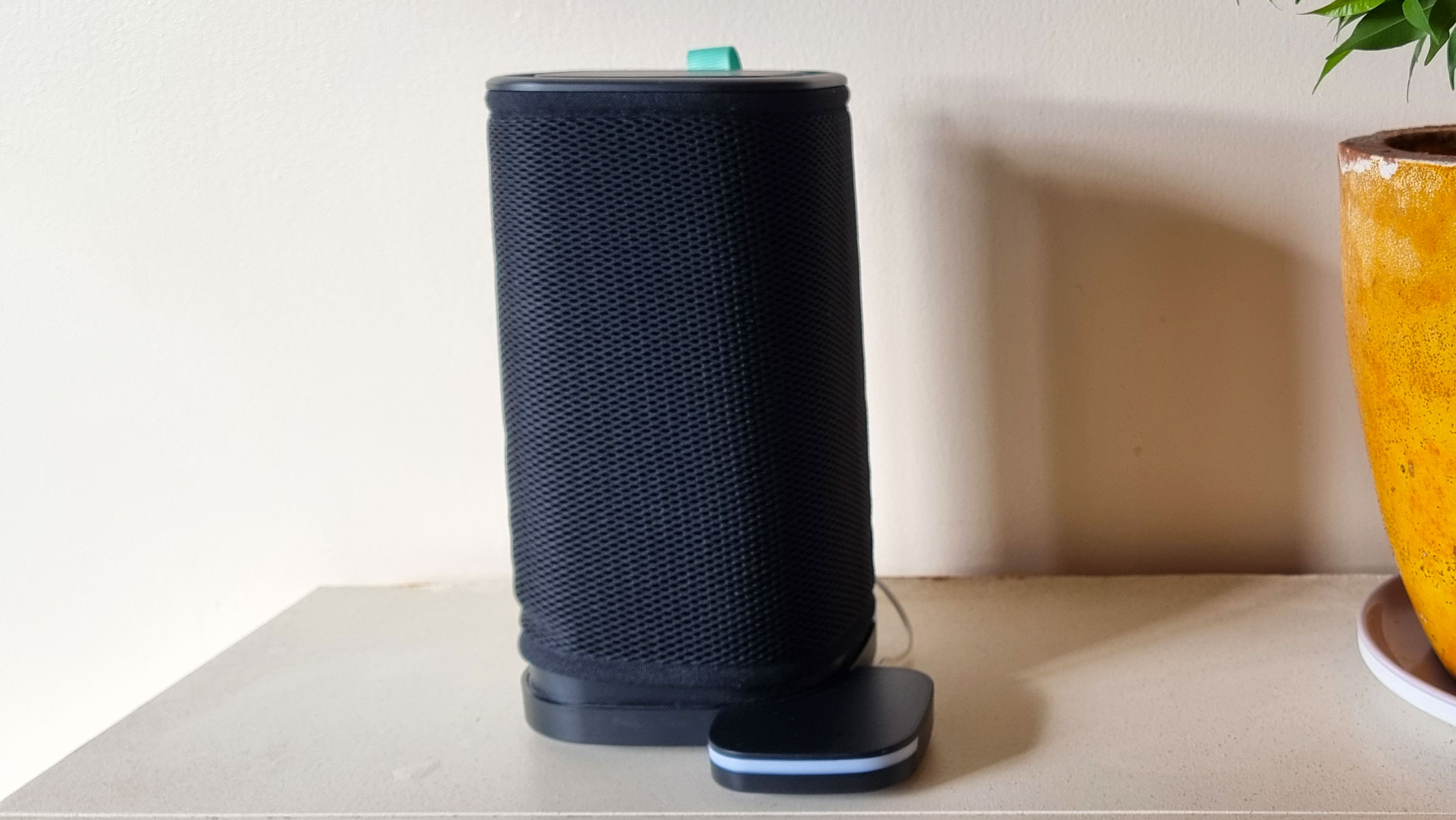Live Science Verdict
Incredibly, the Canon EOS R7 is faster and packs more resolution than the company’s flagship camera, the R3 – and boasts the crop factor boost to focal length!
Pros
- +
32.5MP resolution
- +
Up to 30fps bursts
- +
Oversampled 7K video
- +
Industry-best autofocus
Cons
- -
Strange new control wheel
- -
Limited buffer depth
- -
Not many RF-S lenses
- -
Should it use CFexpress?
Why you can trust Live Science
Type: Mirrorless
Sensor: 32.5MP APS-C
Lens mount: Canon RF
ISO range: 100-32,000 (exp 51,000)
Viewfinder: Electronic, 2.36m dots
Video capability: 4K 60p / FullHD 120p
Weight: 1lb 5.6oz
Size: 5.12 x 3.56 x 3.61 inches
Memory card: 2x SD UHS-II
The Canon EOS R7 is the camera that many were waiting for since the EOS R system launched back in 2018. Yes, full-frame powerhouses like the Canon EOS R5 are great. But the R7 fills a very specific role in the ecosystem because it is a 7-series camera.
In the DSLR days, cameras like the EOS 7D boasted rapid-fire shooting with season-busting weather-sealing and dual memory card slots. Most importantly, they featured APS-C sensors that amplified the effective focal length of lenses; with a crop factor of 1.6x, they can turn a 300mm lens into an equivalent 480mm lens in full frame terms.
All of which made them some of the best wildlife cameras available, especially to enthusiasts and aspiring pros. And just as the Canon EOS 90D was the DSLR that replaced the 7-series, so the Canon EOS R7 is the mirrorless camera that replaces it – and the 90D along with it.
It boasts a pixel-packed 32.5MP sensor, the second highest-resolution APS-C sensor on the market, for rich and detailed images at bursts of up to 30fps – and crisp 4K video that’s oversampled from 7K. Combine that with Canon’s amazing in-body image stabilization system that offers as much as 8 stops of compensation (perfect for long lenses and / or low light) and you have an absolute monster for animals or action photography.
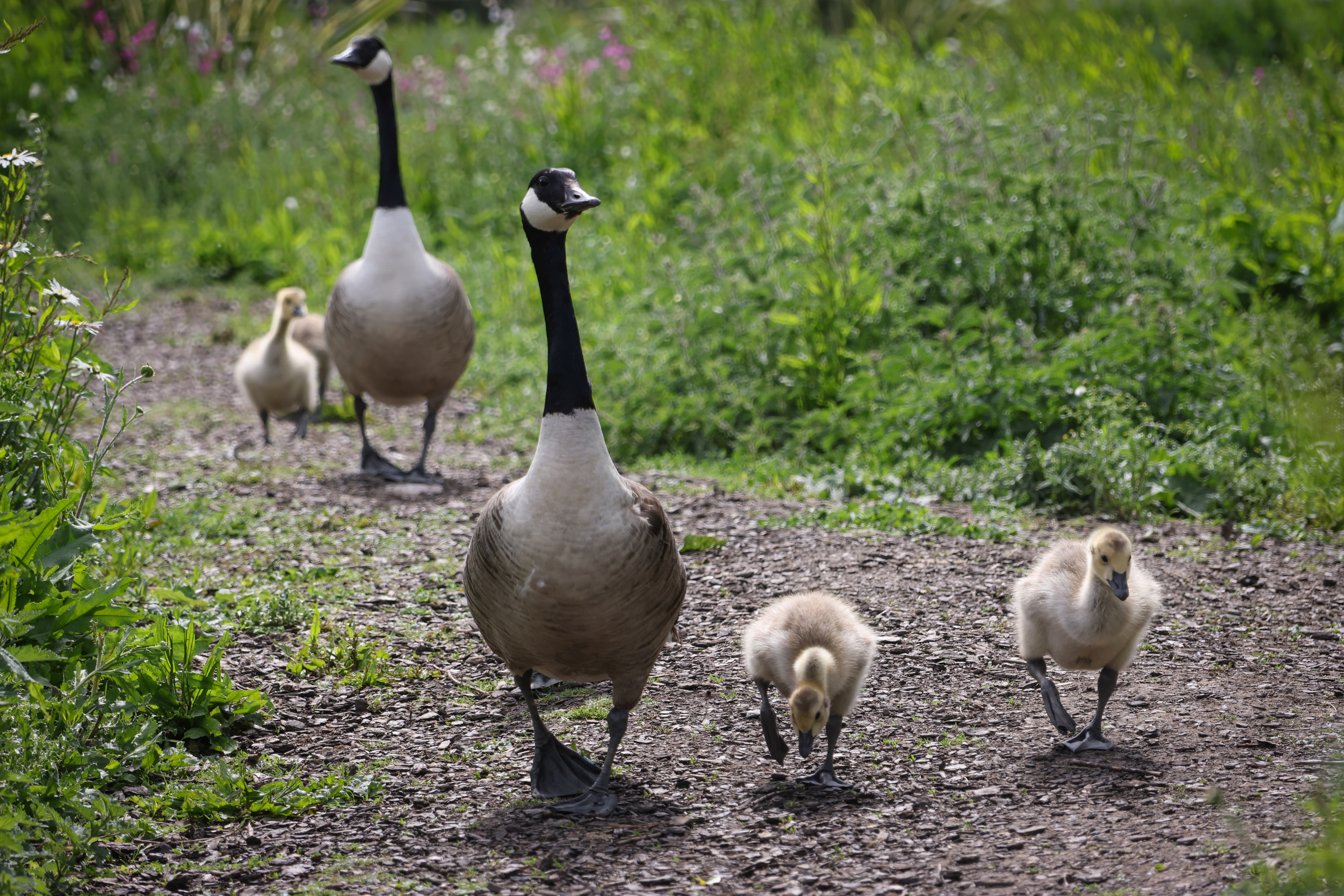
Canon EOS R7: Design
While it replaces the 90D and 7D DSLRs, the Canon EOS R7 has a much sleeker and more lightweight body – though it retains its forebears' chunky grip, which makes it a breeze to handle big zooms and telephoto lenses, as well as the weather sealing. It also carries over the all-important joystick, which is essential for quickly refining your focus points while shooting.
However, as part of a general decluttering of controls, the joystick has been repositioned along with a number of buttons and the rear control wheel – which has seen some big changes. The traditional chunky wheel, which previously encircled the SET button and digital pad, has been replaced by a newly designed and much smaller wheel that instead circles the joystick – both of which have moved up, to the right of the viewfinder.
The wheel takes some getting used to, as it feels significantly different (both in size and tactility) to the old DSLR wheels. Its new location also requires a bit of mental reprogramming, as your thumb will dart to the old position to the right of the screen – though when your brain is used to things, it is logical to have the joystick and wheel positioned together.
As is standard for all non-entry level EOS R bodies, the rear LCD screen is fully articulating. This enables photographs to be taken at high and low angles, even in portrait orientation (unlike more limiting tilt-only screens), and empowers both traditional videographers as well as content creators self-shooting pieces to camera.
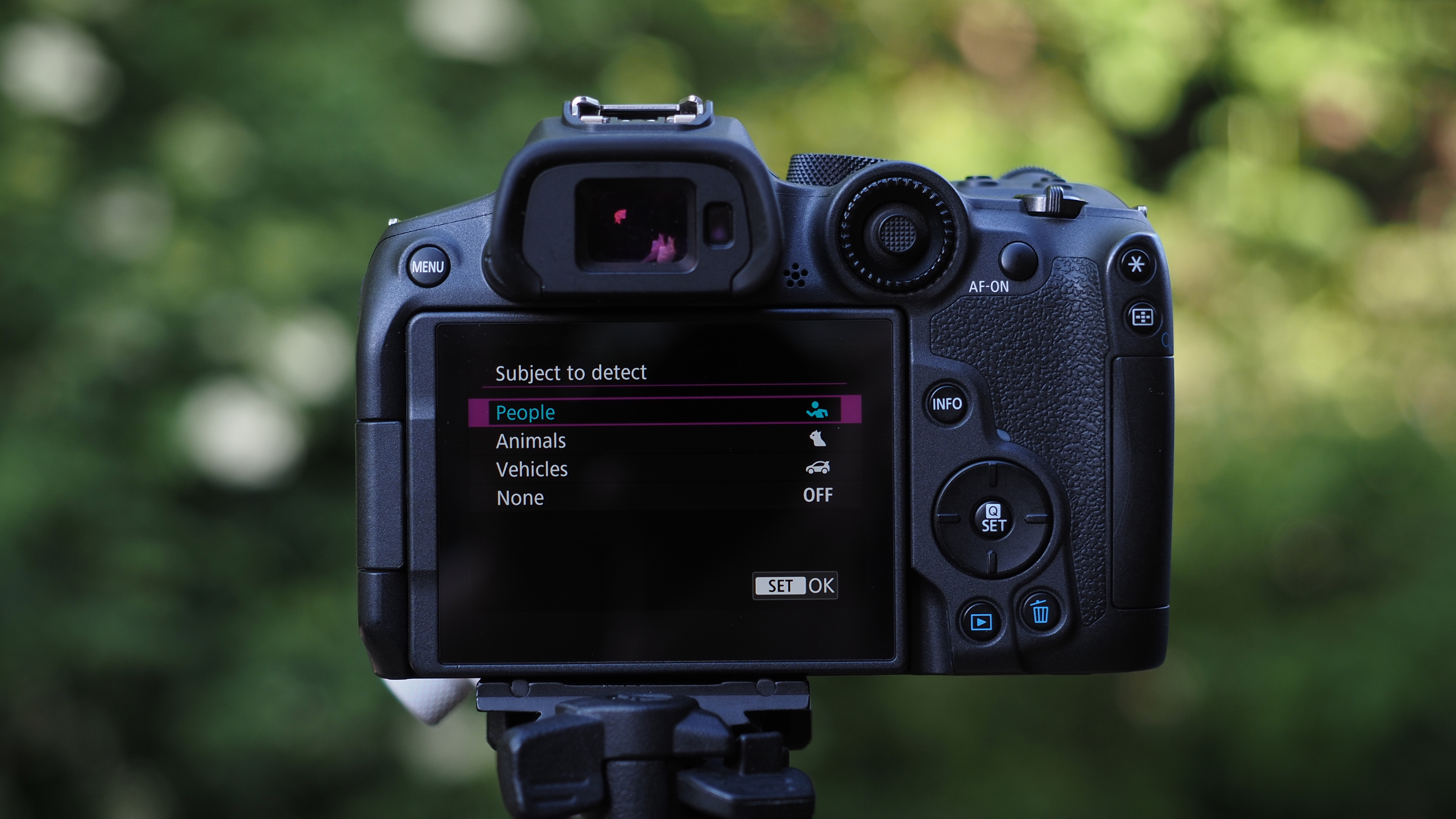
Canon EOS R7: Functionality
Kit lens: Canon RF-S 18-150mm f/3.5-6.3 IS STM
Best wide lens: Canon RF 15-35mm f/2.8L IS USM
Best zoom lens: Canon RF 100-500mm f/4.5-7.1L IS USM
Spare battery type: Canon LP-E6NH / LP-E6N
Like its predecessor, the EOS R7 combines blazing speed with the optical advantages of an APS-C sensor. Indeed, to the former point, the R7's 15fps continuous burst shooting with mechanical shutter is actually faster than Canon's professional sports and wildlife camera, the EOS R3 (which tops out at 12fps mechanically, though both bodies hit 30fps with the electronic shutter).
Moreover, the R7's 32.5MP sensor also packs more resolution than the flagship's 24.1MP. Obviously there are some key differences – the R3's being a cutting-edge stacked sensor while the R7's is an optimized version of the older one seen in the 90D – but this is still an incredibly powerful sensor in terms of both pixels and burst.
It's also capable of capturing stunning (and uncropped) 4K video, as the resolution enables the camera to create crystal clear footage from oversampled 7K. Key video features like log shooting (in C Log-3) and clean HDMI out are complemented by around 60 minutes of recording before overheating limits come into play.
The sensor is bolstered by 5-axis in-body image stabilization, which offers up to 8 stops of correction when paired with specific lenses. And then, of course, there's the crop factor. Canon's APS-C sensors possess a 1.6x crop factor. This amplifies the focal length of any lenses you mount to the camera by 1.6x, making them longer and "more zoomed in". So if you mount a 70-200mm lens, for example, it becomes an effective 112-320mm – enabling you to get closer to your subjects than you can on a full-frame camera.
On the subject of lenses, the R7 features the same RF mount as the full-frame EOS R cameras. However, the APS-C body can also use the line of RF-S lenses that are specifically designed for Canon's crop sensor cameras. It can also, like the rest of the EOS R family, mount Canon EF and EF-S DSLR lenses using an adapter. (It cannot, however, use EF-M lenses designed for Canon's older EOS M APS-C cameras.)
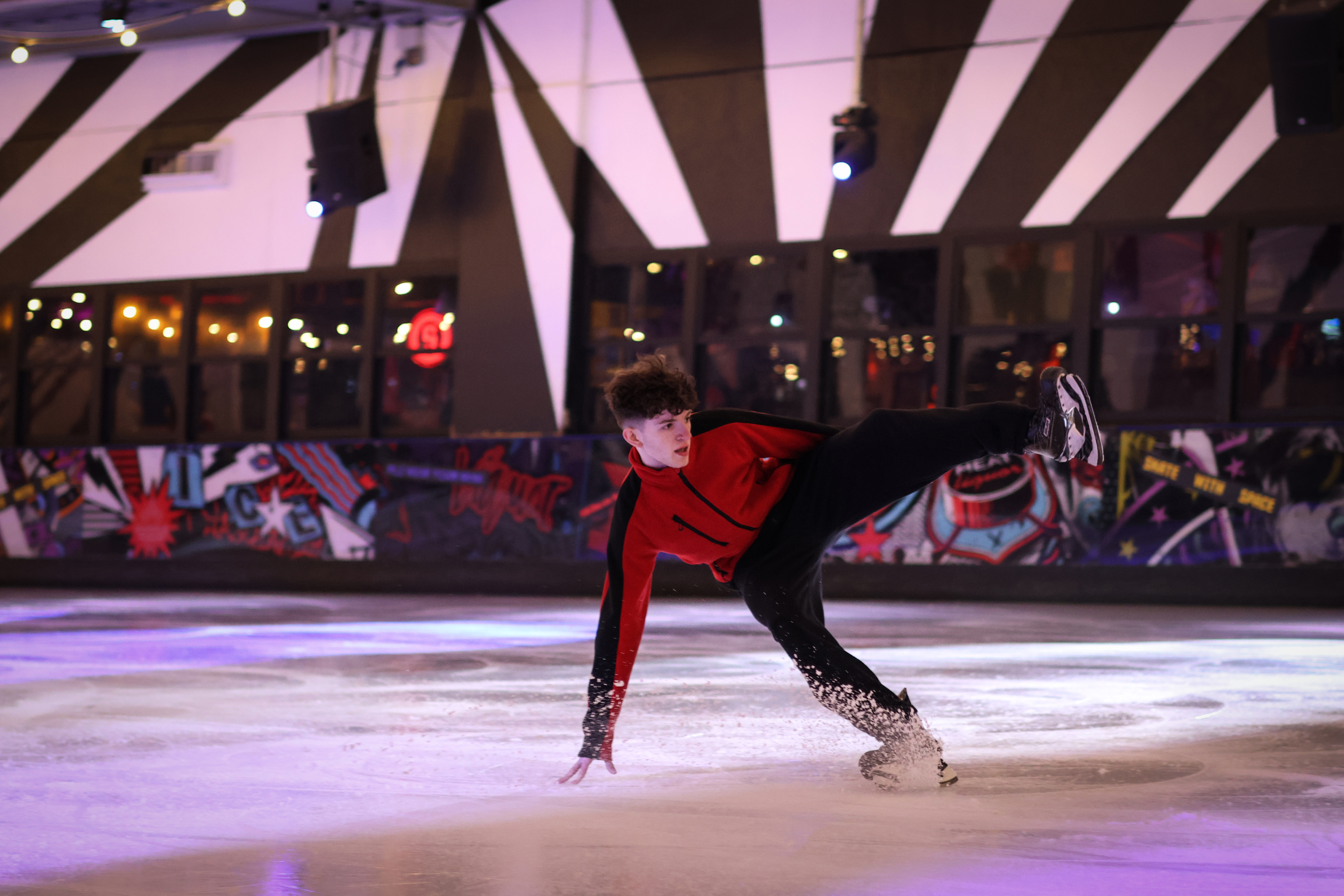
Canon EOS R7: Performance
The Canon EOS R7 is simply a killer camera for wildlife and sports photography. Something I've yet to really mention is the phenomenal autofocus system; this camera has the same flagship-level Dual Pixel AF II system that's found in both the R3 and R5, which is simply the best autofocus I've ever used.
It has the best subject detection and tracking in the business. You get incredible eye, face, head and body detection whether you're shooting people or animals – and it's clever enough to recognize everything from a skier wearing goggles to a football player wearing a helmet, and from your pet dog at home to a sea lion in the water. Even rattling off bursts of 30fps, it's rare that a single frame is out of focus.
The only drawback is that you can't sustain those bursts for as long as big brothers like the R3 and R5, because the R7 has a more austere buffer depth of 46 RAWs or 184 JPEGs (which, in fairness, is still pretty impressive and never made me miss a shot). This is thanks to the camera settling on SD cards instead of the faster (and more expensive) CFexpress format, though I expect far more people will be grateful for the cost saving.
I never experienced the camera overheating when using it for video – though for the sake of transparency I was simply using it to record video for an actual project, rather than actively trying to overheat the camera for the sake of proving a point. With video, as with stills, the image quality is excellent – and you definitely appreciate the extra resolution offered by the 32.5MP sensor over 24MP rivals.
It still feels like the best cheat code in photography to get more reach out of long lenses, thanks to the APS-C crop factor, though obviously this increased effective focal lengths mean that it's harder to achieve a wide-angle perspective. It should also be pointed out that there are only a limited number of dedicated RF-S lenses available at the moment – though arguably you're only really going to need a kit lens, as you'll be pairing the R7 with full-frame RF lenses for sports and wildlife.
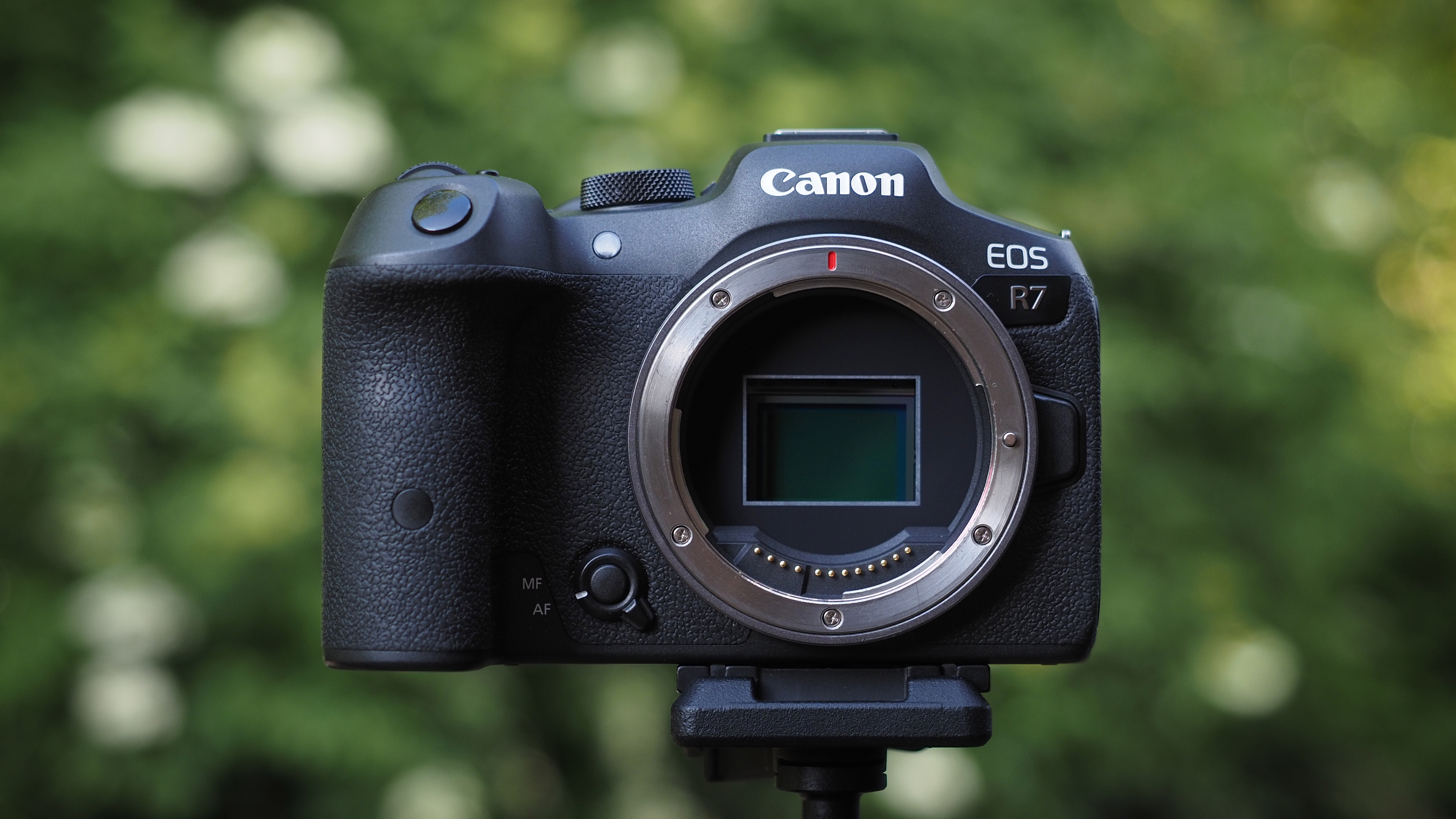
Canon EOS R7: Should you buy?
For my money, this is the best all-around APS-C mirrorless camera on the market right now – and, indeed, the best all-around APS-C camera on the market, period.
It has the speed to keep up with the fastest action, the autofocus to track even the twitchiest subjects, the resolution to offer super-fine detail, and the crop factor to get you even closer to the action than a full-frame body.
If you're upgrading from an APS-C Canon DSLR then the new button layout will take a little getting used to, but otherwise there's really nothing about the this camera that could be considered a failing. The Canon EOS R7 is a win in every single department.
If the Canon EOS R7 isn't for you
If you love everything the R7 does, but wish it was full-frame, then the Canon EOS R5 is the obvious choice. It's a smidge slower, at "just" 20fps, but offers a superb 45MP image sensor and 8K 30p video.
If you want an APS-C camera with greater resolution, take a look at the Fujifilm X-H2 (or X-T5, which shares much of the same tech) which has a 40.2MP sensor – however, its maximum burst rate is 20fps. Conversely, if you want an APS-C camera with superior speed, the Fujifilm X-H2S offers 40fps shooting… but only has a 26.1MP sensor.
And if you're someone who still prefers the ruggedness, reliability and battery life of DSLRs for action shooting, you can't go wrong with the Canon EOS 90D. It boasts the same 32.5MP sensor, uncropped 4K 30p video and a slower but still rapid-fire 10fps burst shooting.
The editor of Digital Camera World, James has 21 years experience as a magazine and web journalist. He has worked professionally in the photographic industry since 2014, when he started as an assistant to Damian McGillicuddy (who succeeded David Bailey as Principal Photographer for Olympus). In this time he shot for clients as diverse as Aston Martin Racing, Elinchrom and L'Oréal, in addition to shooting campaigns and product testing for Olympus, and providing training for professionals. This has led him to being a go-to expert on cameras and lenses, photographic and lighting tutorials, as well as industry analysis, news and rumors for publications such as Digital Camera Magazine, PhotoPlus: The Canon Magazine, N-Photo: The Nikon Magazine, Digital Photographer and Professional Imagemaker, as well as hosting workshops and demonstrations at The Photography Show. An Olympus (Micro Four Thirds) and Canon (full frame) shooter, he has a wealth of knowledge on cameras of all makes – and a particular fondness for vintage lenses and film cameras.
